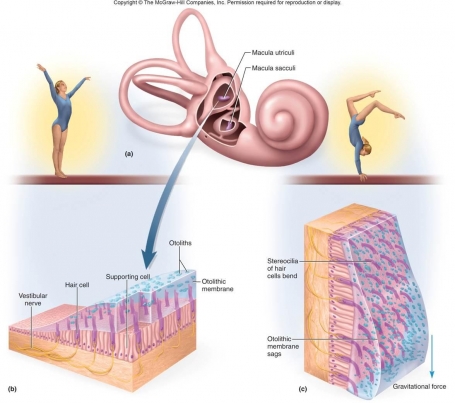For most, balance may seem like a simple task. Still, it’s a highly complex process involving multiple systems working in harmony. Balance depends on the interaction of three major systems: the visual system (eyes), the vestibular system (inner ear), and the proprioception sys...
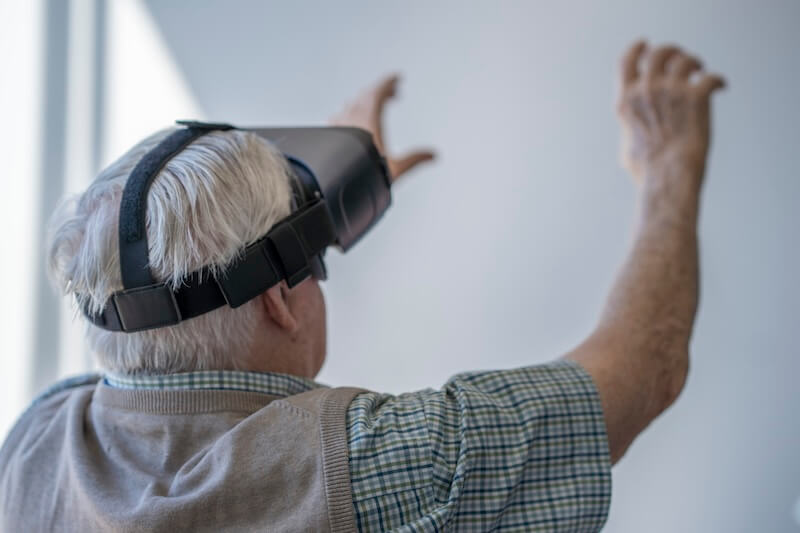
Maintaining balance is a complex process that relies on information from several body parts. The inner ear, eyes, muscles, joints, and vestibular organs work together to help us stay upright and coordinated. Balance can be disrupted when these components are damaged due to injur...

Brainstorm Rehabilitation offers specialised balance training and vestibular rehabilitation therapy (VRT), critical components in improving stability and coordination for children and adults. These therapies benefit individuals recovering from neurological injuries or those faci...

At Brainstorm Rehabilitation, we recently worked with a 48-year-old woman who had been battling severe nausea and vertigo (dizziness) for over 25 years. Imagine feeling constantly off balance and sick to your stomach for that long—it was a massive challenge for her! Over the pa...

Imagine feeling dizzy, nauseous, and disoriented, not just once in a while, but on and off for five long years. That was the reality for a 49-year-old woman who had been battling vertigo—a condition that leaves you feeling like the world is spinning even when you're standing st...
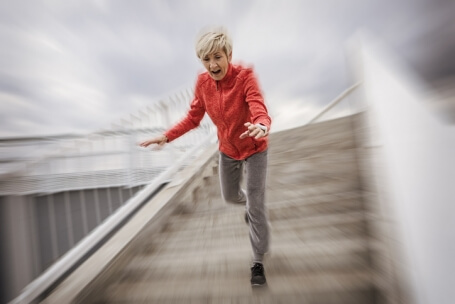
Falls can significantly affect the quality of life, especially as we age. For many, the fear of falling can limit daily activities, social engagement, and independence. In this case, we’ll explore how Vestibular Rehabilitation Therapy (VRT) can improve balance and reduce the ri...
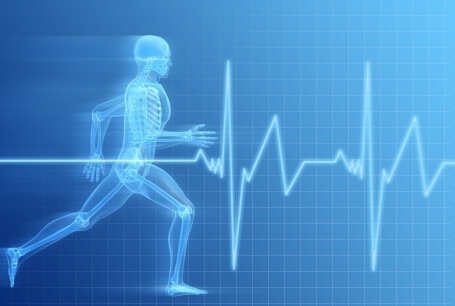
Technology in rehabilitation has advanced incredibly in recent years. For example, the ability to measure and monitor activity participation in the environment in a reliable manner has necessitated wearable sensors in healthcare (Patel, Park, Bonato, Chan, & Rodgers,...
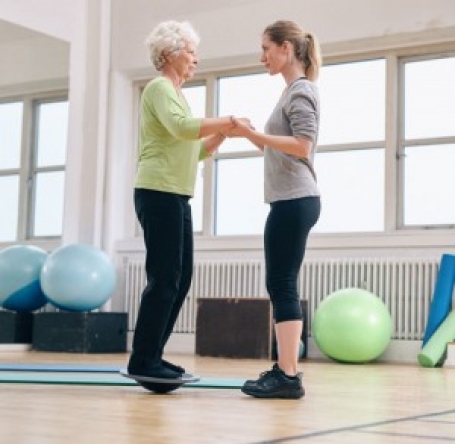
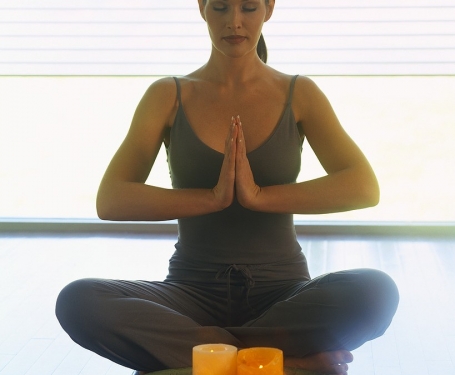
Posture is reflection of how you balance your body. You continually use your muscles which counter and correct the body relative to gravity. To help you keep an upright posture, you use your eyes to gauge what is level, along with sensory information from your inner ears, muscle...

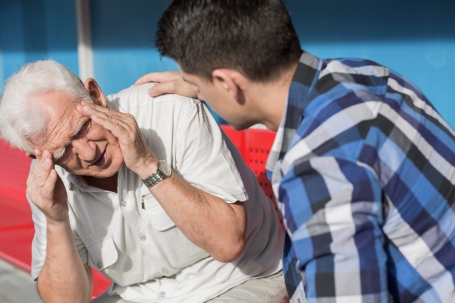
The vestibular system includes the parts of the inner ear and the brain that help control balance and eye movements. Vestibular disorders can result if the system is damaged by disease, aging, or injury. Symptoms may include vertigo, dizziness, and imbalance, among others.
The ...
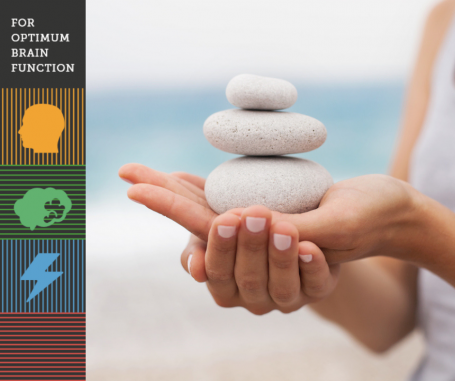
Have you ever wondered how we stay upright? Or have you noticed that while you nod your head your eyes shift and roll? Why do some people experience vertigo, giddiness or unsteadiness? Over the next short-while I will chat to you on Brainstorm Bites our podcast on brain health, t...

A concussion is a brain injury that occurs when there is an impact to the head or body that causes forceful linear and rotational movement of the brain inside the skull. A concussion can happen from being struck on the head or body. For example, sports injuries and car accidents...

At Brainstorm, many various balance tests are incorporated into an examination. Some tests are simple bedside neurological exams, like reflex and muscle power tests, while some require specialised instrumentation, like computerized dynamic posturography (CDP). CDP tests p...

Have you heard of the post- cruise ship Vertigo? Ever had the feeling and motion you were still on a cruise ship out in the sea? Or a sense of vertigo, disequilibrium, imbalance or even ‘brain fog’? Well, the medical term for the cruise ship vertigo is Mal de Debarqu...
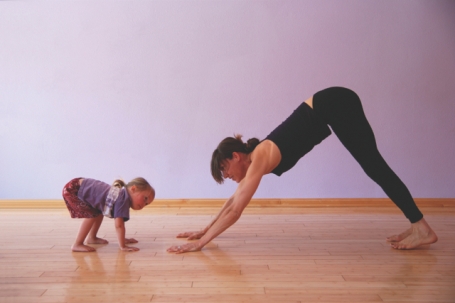
Balance Evaluation Systems are critical in vestibular rehabilitation. Balance maintains the body’s centre of mass over its supporting base (Shumway-Cook & Woollacott, 2007). Regulation of many innate sensory systems, like visual from the eyes and somatosensory from ...
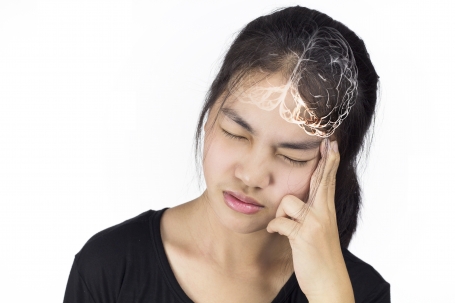
Often a progression of other balance conditions, like vestibular migraine. In fact the development of secondary conditions related cause prolongation of symptoms once the initial inner ear disorder has resolved. The progression maybe related to brain damage from the primary inju...
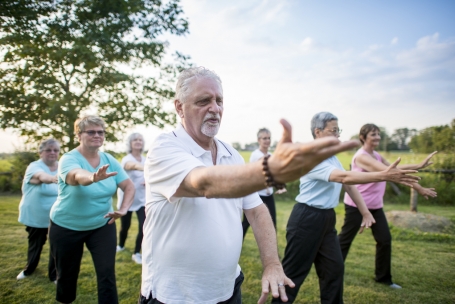
There are six key facts about Balance Disorders. Balance is critical for normal body function. In fact the feeling of balance results from the combination of senses from a number of body systems; such as the eyes (visual system), ears (vestibular and auditory system) and the bo...
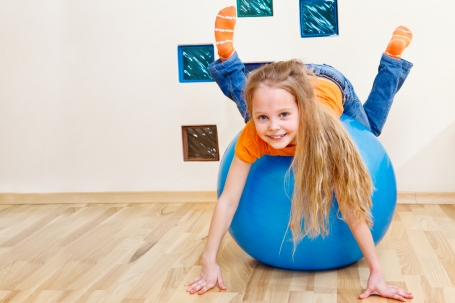
Vestibular rehabilitation therapy (VRT) can help with a variety of vestibular problems, including; Benign paroxysmal positional vertigo (BPPV) Unilateral or bilateral vestibular hypofunction Symptoms associated with Meniere’s disease Vestibular neuriti...
Our balance is essential. Balance information is processed in the brain and interplay with other sensory inputs. Disturbance of the balance system is very evident in some learning disorders, like Sensory Processing Disorder. What is Balance Therapy? The vestibular sys...
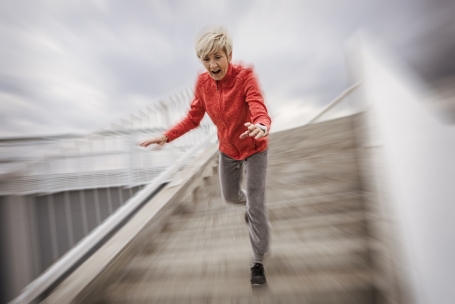
Incidents of serious fall injuries among older adults are on the rise. One in three adults over the age of 65 sustains a fall each year. Considering that the percentage of older individuals continues to increase, these trends are expected to produce even higher numbers. W...

Dizziness and disequilibrium are common complaints reported by many people at Brainstorm's Balance Clinic. Importantly dizziness is not a disease but rather a symptom resulting from disturbance of the vestibular system. This may impair the person’s ability to change positions ...
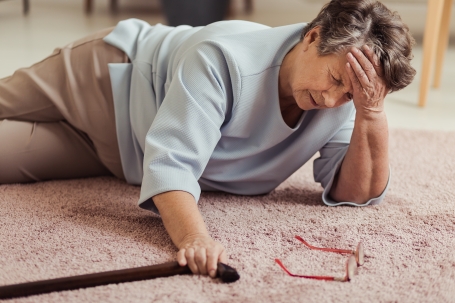
Many falls are preventable! Understanding the four common risks of falls is vital for everyone. Knowledge of falls prevention and how they may affect a person’s level of engagement in daily activities, socialisation, and lifestyle is paramount for individuals with balance diso...


Parkinson’s disease is a brain disorder that affects movements, emotions, and other body functions. It is a degenerative condition that begins with minor tremors and shaking, and progresses into more serious symptoms over time. The brain requires a substance called dopa...

Parkinson’s Disease (PD) is a complex progressive neural degenerative disorder with wide-reaching implications affecting both the patient and their community (Contreras-Vidal & Stelmach, 1996). Movement dysfunctions are a hallmark of PD and can severely compromise the abil...

Fall injury prevention is fast becoming a very real issue with health care. Fall injuries are an ominous yet very real part of life for people over 65 and many falls can be prevented once the causes are determined. Functional Neurologists have an important role in the assessmen...

Falls Risk Factors One in every three adults age 65 and older will fall each year. Falling is the leading cause of injury-related death and the most common cause of nonfatal injuries and hospital admissions for trauma amongst the elderly. Falls are a co...
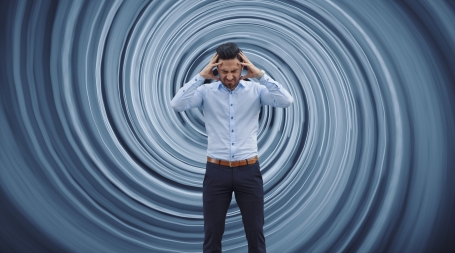
Dizziness is defined as a sensation of lightheadedness, faintness or unsteadiness. The cause of dizziness can arise from either a peripheral vestibular disorder or a central vestibular disorder . For the brain to correctly process balance, there must be appropriate infor...

Benign Paroxysmal Positional Vertigo (BPPV) is one of the most common causes of dizziness. Vertigo, often described as a spinning sensation, can last for just a few moments, but it may recur and vary in intensity. In some cases, it’s self-limiting, while in others, it...

The body maintains balance with sensory information from three systems: Balance system (inner ear) Vision
Proprioception (touch sensors in the feet, trunk, and spine) Head motion is detected by the inner ear labyrinth and vision. The semicircular canals s...
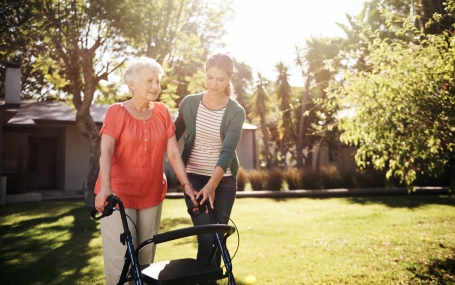
Some risk factors are obviously unavoidable – including age and gender. To limit your falls risk follow the four tips: Unsafe Environments - home health Poor eyes and bad vision PolyPharmacy - too many drugs Poor balance Case Presentation&nb...
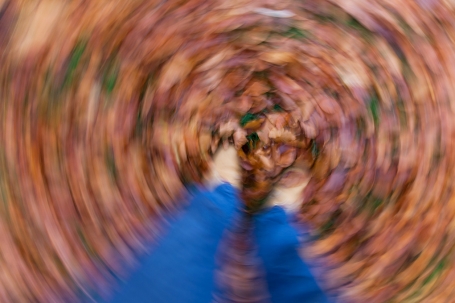
The Dizziness Handicap Inventory (DHI) measures self-perceived disability attributed to balance disorders. The standard questionnaire contains 25 questions categorised as physical, emotional, or functional qualities that influence dizziness. Why use a Dizziness Handicap Inve...

The body maintains balance by using sensory information from three systems. In other words, the brain “sees” the world through sensory input. This information may include: proprioception (relay information from feet, trunk and spine) vestibular system ...
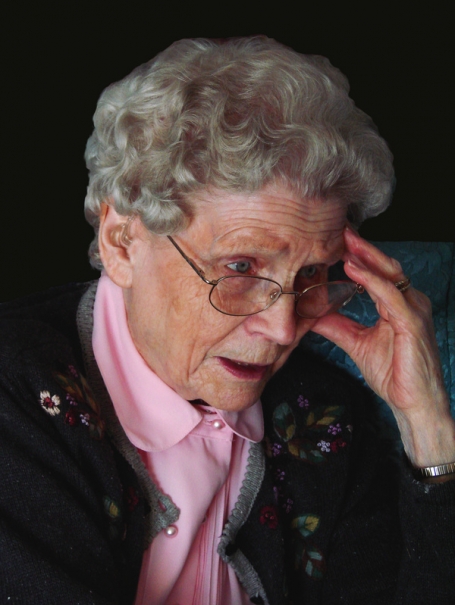
BPPV (benign paroxysmal positional vertigo) is a condition that develops from changes in the ear. These changes can lead to very severe vertigo and a sensation of spinning. The vestibular system in the body helps you balance and know where your head is positioned. Vertigo creat...
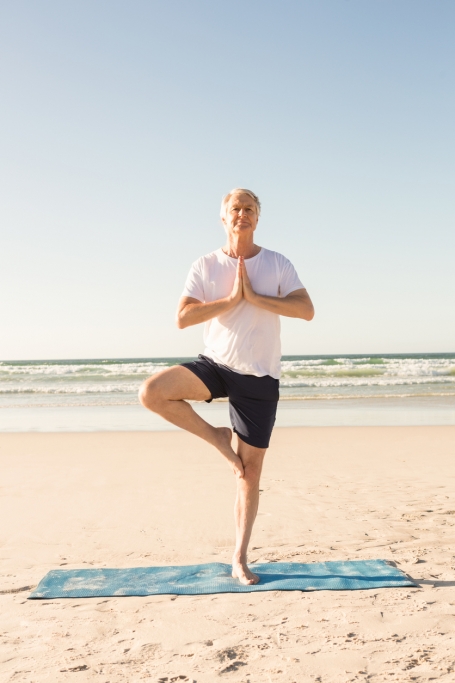
Our therapists at Brainstorm are highly skilled and trained in specific balance training, a crucial area in the treatment of vestibular disorders. They are well-equipped to address common symptoms such as dizziness, vertigo, and imbalance, as well as associated issues like nause...
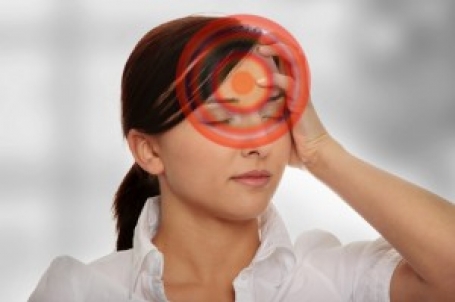
Dizzy sensations that are difficult to describe may include feeling “spaced out” or having the sensation of spinning inside your head. Your doctor may refer to this as nonspecific dizziness. Dizziness: a sensation of light-headedness, faintness, or unsteadiness. Dizzi...

In humans, vertical or Subjective Visual Vertical (SVV) perception depends on many sensory inputs. Our spatial orientation critically depends on accurate reference to the horizontal and vertical. Perception of the vertical is provided by input from sensory pathways, including th...
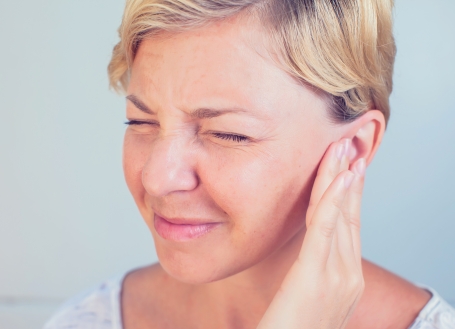
Tinnitus is abnormal noise perceived in one or both ears or in the head. Tinnitus (pronounced either “TIN-uh-tus” or “tin- NY-tus”) can be either a constant or continuous sound or intermittent. The types of sounds may include such things as a ringing, hissing, whistling,...

Practising relaxation techniques such as yoga and tai chi can help you achieve the relaxation response, a state of deep calmness that counteracts the adverse effects of stress. When practiced regularly, these activities can reduce everyday stress levels, anxiety, and muscle tens...
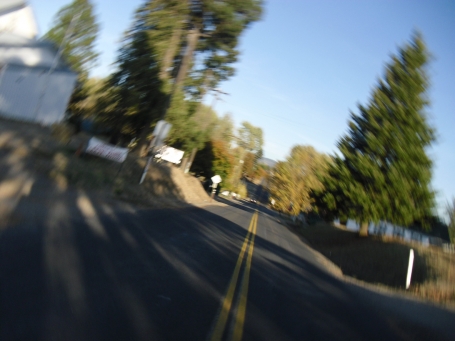
Millions of individuals have disorders of balance they describe as “dizziness.” Experts believe that more than four out of ten Americans will experience an episode of dizziness significant enough to send them to a doctor. What can be difficult for both a patient and h...
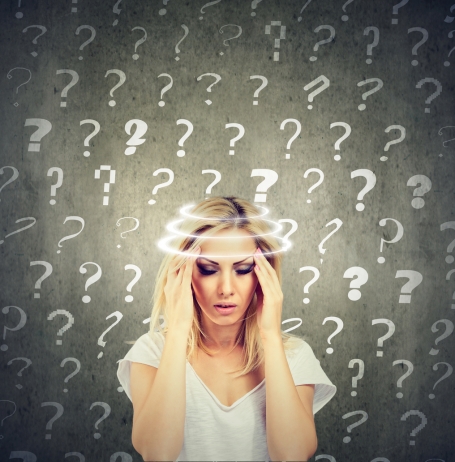
Many people who suffer from dizziness, imbalance, or vertigo have trouble finding out why. Dizziness and vertigo are not actually “diagnoses,” they are symptoms of a diagnosis. However, many physicians will use these terms as if they were a diagnosis. Vertigo is the most spe...
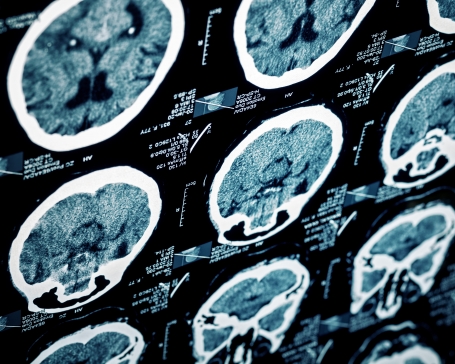
A stroke is always a medical emergency. If you recognise the signs of a stroke, call 000. A stroke is not a heart attack. It happens when the supply of blood to the brain is suddenly interrupted. Some strokes are fatal, while others cause permanent or temporary disability. ...

Vestibular disorders are a common feature in our community. Here is a list of some important facts about this condition; The vestibular system includes the parts of the inner ear and brain that process sensory information involved with balance. Over 35% of US adu...
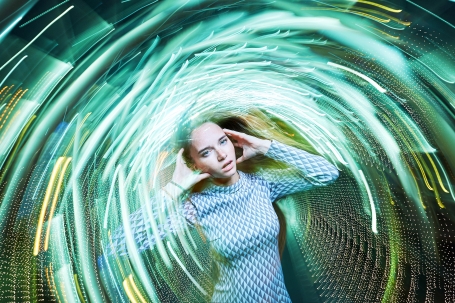
Dizziness is a symptom that is real to you but is not observable by your doctor. To diagnose a vestibular system disorder, your doctor must rely on signs they can observe. This may include abnormal eye or body movements. In the early stages of many vestibular disorders, these si...
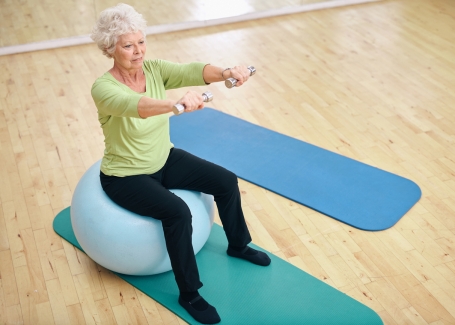
Patients who come to the Brainstorm with a vestibular disorder may have various symptoms. Common symptoms of a vestibular disorder include dizziness, vertigo, and imbalance. Patients may also experience nausea, hearing changes, anxiety, fatigue, and trouble concentrating. ...
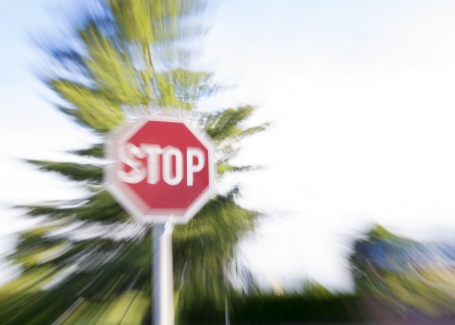
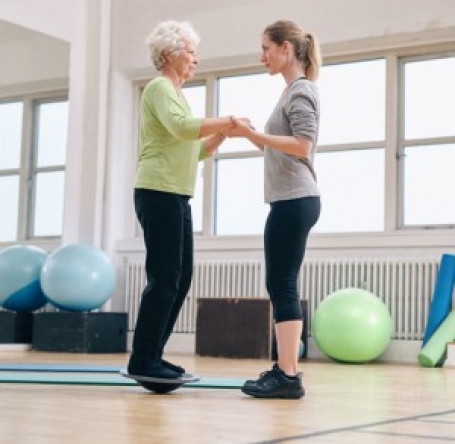
While most doctors are trained to suspect inner ear disorders if a patient complains of violent nausea and whirling sensations, such intense symptoms do not constantly occur in the early stages of inner ear disorders. If you report that you feel off-balance, unsteady, light-head...
